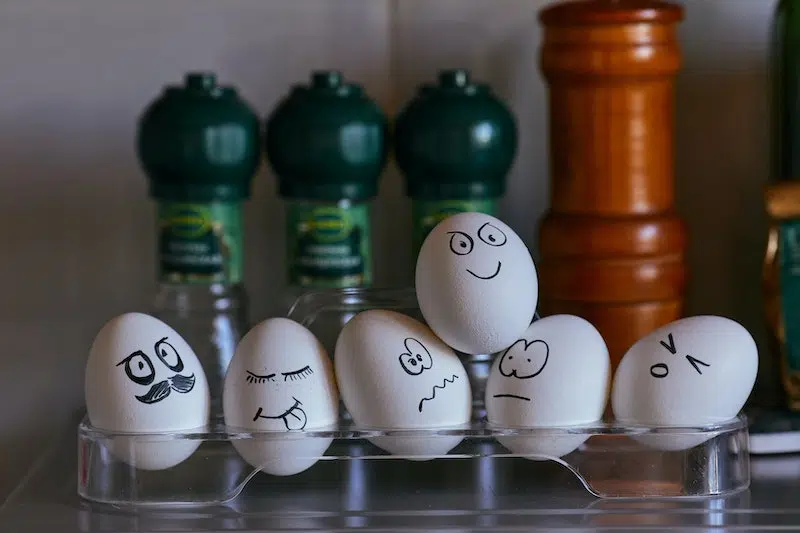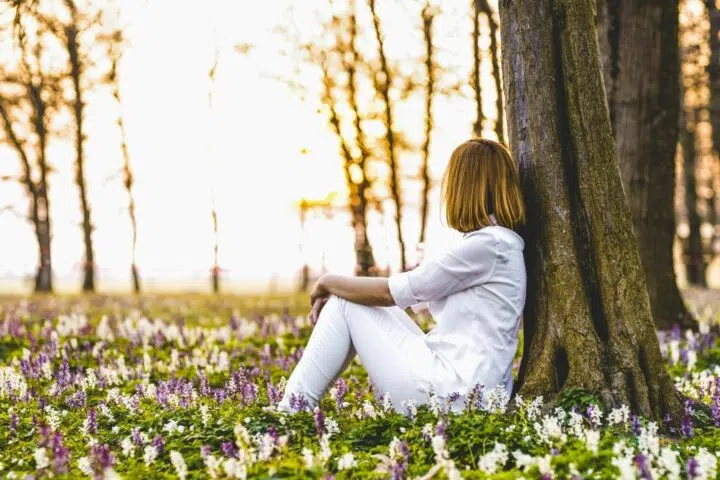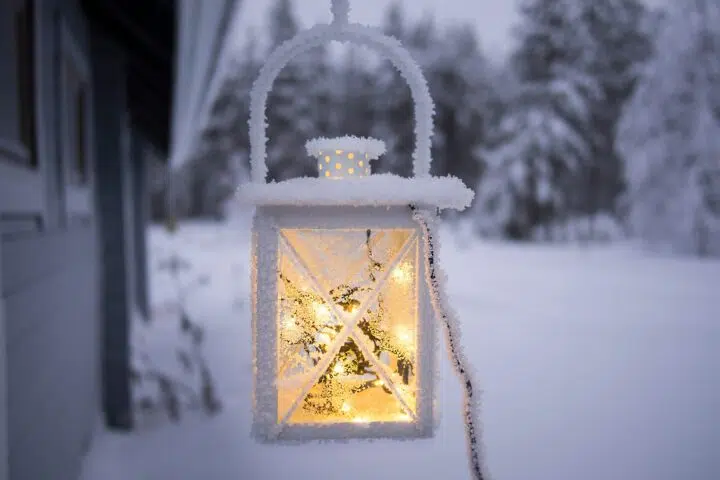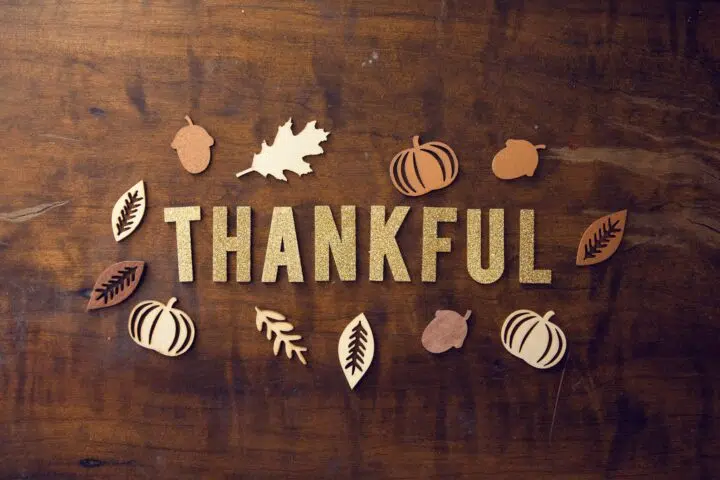I was listening to an episode of Poetry Unbound, a podcast hosted by Padraig O Tuama who is definitely a person I’d love to have at my dinner party. He mentioned that in Irish when you talk about emotion, you don’t say, “I am sad.” You say, “sadness is on me.” You don’t become the emotion, but you acknowledge it, and you understand that soon a different emotion will be on you.
Today, worry is on me. At least until I hear some news that will let me know whether or not I really need to be worried. A few days ago, calmness was on me for the first time in months. Deep, peaceful, joyous calmness. Oh, how I’d missed that emotion during these many months of pandemic living. At a recent gathering of my book club, happiness was on me, and on everyone else in the room. Several people commented on how good it felt to laugh.
I love this concept of not becoming an emotion, but also of acknowledging them. It’s okay to admit you are sad today or angry or worried or mourning. You don’t always have to smile. We will love you anyway.
But I think that sometimes an emotion does seep into our bones for a while. Depression, for one. But even something like determination can feel at times like a fixed emotion, especially for those of us who at some point got the message we were supposed to save the world or those of us whose high ambitions have manifested as overly serious goals.
Creative people can sometimes experience several days of inspiration when they are in the flow. And that’s powerful. But they can also experience periods of pessimism when things aren’t going well. With the former, you hope it’s your new state of being. With the latter, you pray it will pass. It doesn’t help that the general public sort of idolizes the idea of the “moody artist,” which makes us feel like we’re supposed to swing wildly between elation and misery.
So, what keeps our emotions flowing? What keeps us from getting stuck in, say, sadness? As with so many things, I think it comes down to loosening our need for control. It’s about giving ourselves permission to feel what we’re feeling without judgment or a compulsion to change it. Instead of beating ourselves up, we could nurture ourselves instead. We could say, “It’s okay, sweetheart. Go ahead and be sad. You won’t be here forever, but for now, you’re safe and protected and loved. You’re not ‘wrong’ to feel sad, you’re just human.”
And when we’re euphoric, like in those early days of falling in love, we can tell ourselves, “It’s okay to be giddy. You’re not wrong to call in sick so you can linger in this bliss a bit longer. You’re not ‘silly’ to be so outside yourself with happiness. This too shall pass, so enjoy it for now.”
Then see where that permission takes you. We creative beings often gain deep insights when sadness is on us and build whimsical works of wonder when joy is on us. Welcome your emotions. Sit with them for a while and get to know them. They each have something to teach us. They each have something to show us. And sometimes they overlap in magical ways.
What emotion is on you right now? Where’s the beauty in it? How is it making you feel human? How is it making you feel creative in whatever way you choose to define that?
By Teresa R. Funke
If you like this post, please share and credit Teresa and Bursts of Brilliance for a Creative Life blog



